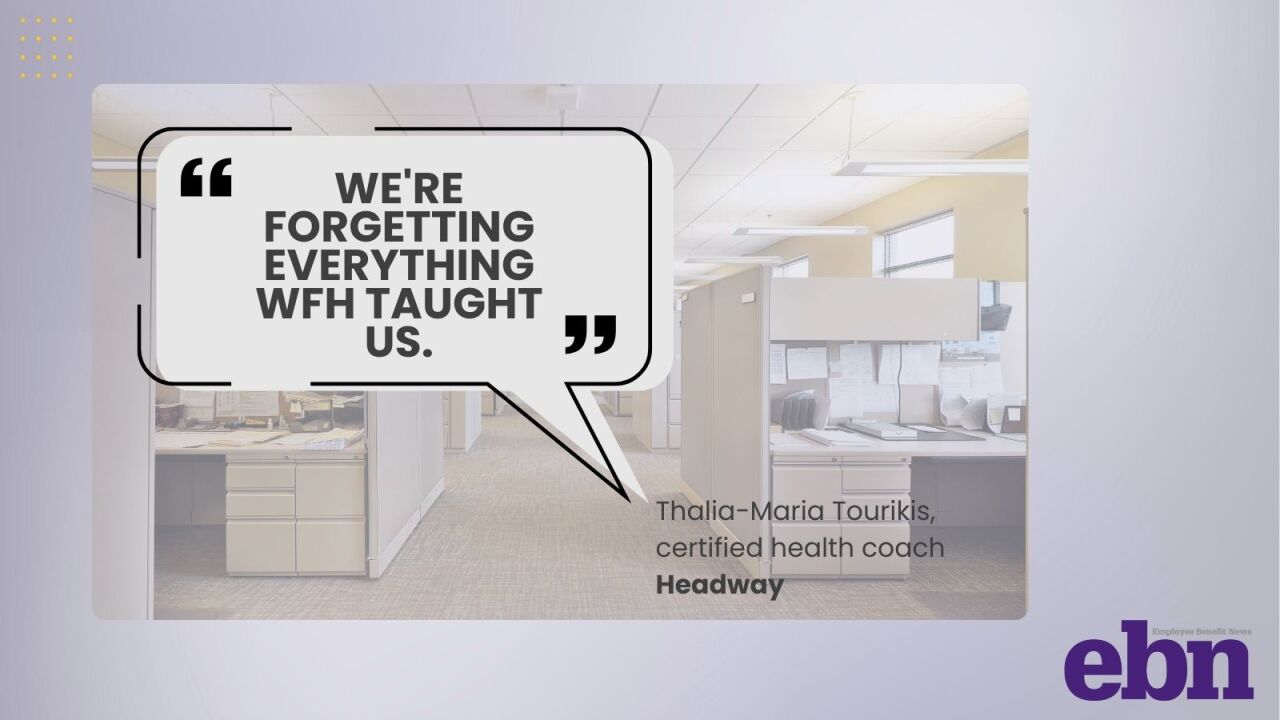Employees can't save enough for retirement on their own, and workplace plans are becoming a critical vehicle for getting them anywhere close to the financial finish line.
Only 42% of Americans are currently on track
"Expanding access to defined-contribution plans and improving plan design has dramatically improved retirement outcomes," Fiona Greig, global head of investor research and policy at Vanguard, said in a release. Features like auto-enrollment and higher default savings rates are major contributors to retirement success, she said.
Read more:
According to the Employee Benefit Research Institute, 45% of private-sector employers offer
Older workers remain more financially strained: Fewer than 40% of Gen X and baby boomers are on track for retirement. Median-income boomers can expect to replace 56% of their pre-retirement income, leaving a $9,000 annual spending gap, while Gen Xers face a smaller $6,000 shortfall.
To help close these gaps, Vanguard points to several levers: Expanding access to DC plans, encouraging longer workforce participation and tapping home equity later in life. For employers, the findings offer both a challenge and an opportunity, to continue to evolve plan design and access to benefits that help employees retire with confidence.
Read more:
"Retirement readiness isn't just about saving — it's about having the right tools, support, and access throughout a worker's career," said Kelly Hahn, Vanguard's head of retirement Research. "Retirement security is a shared responsibility — policymakers, employers, and individuals all have a role to play."






